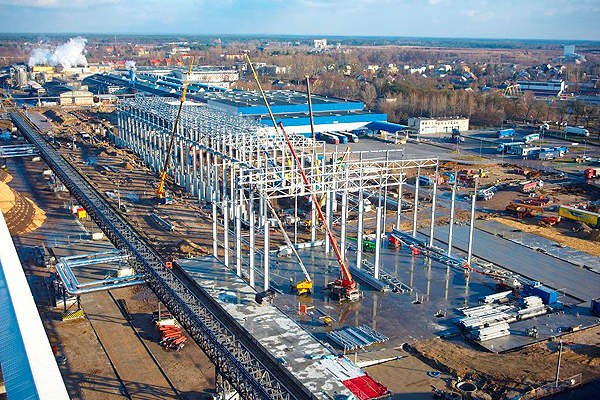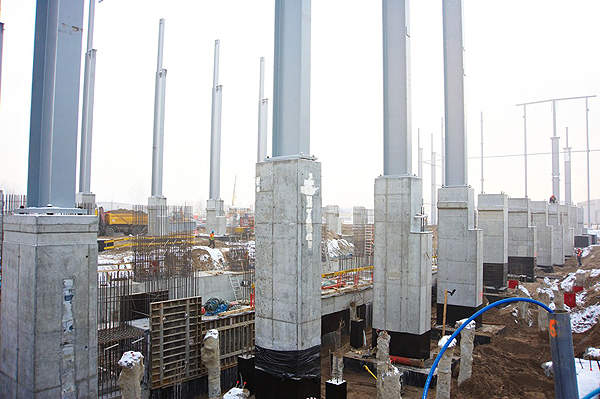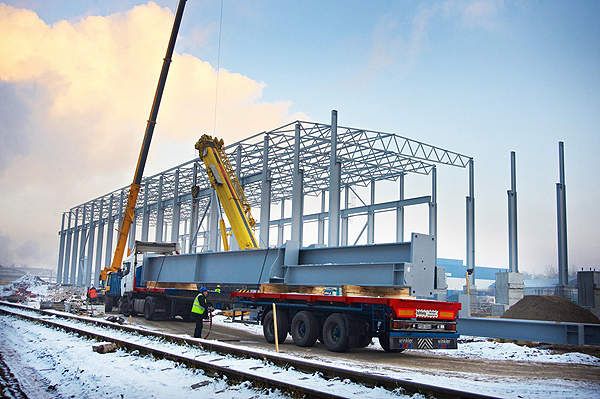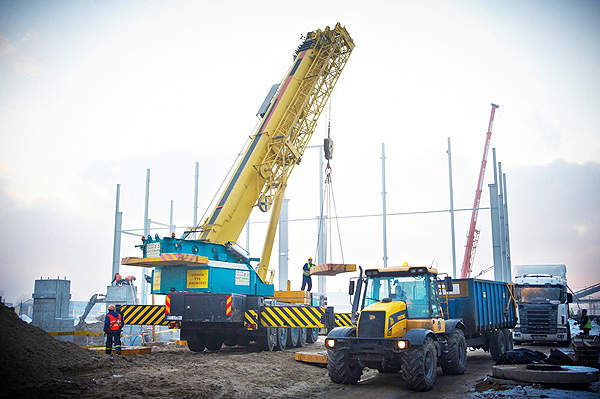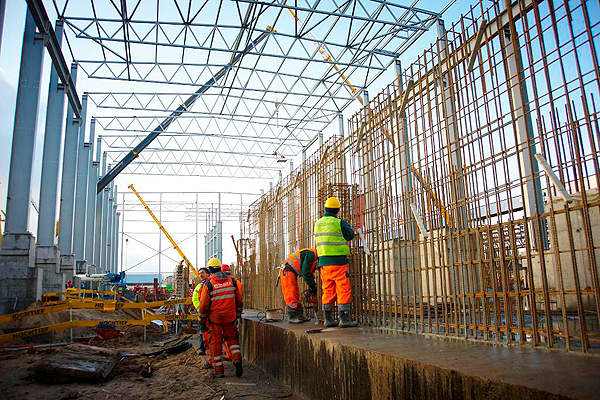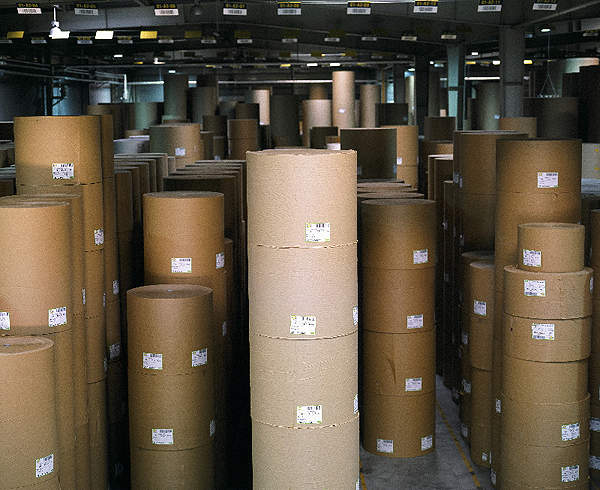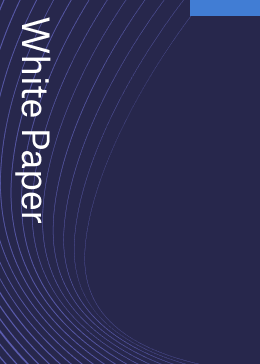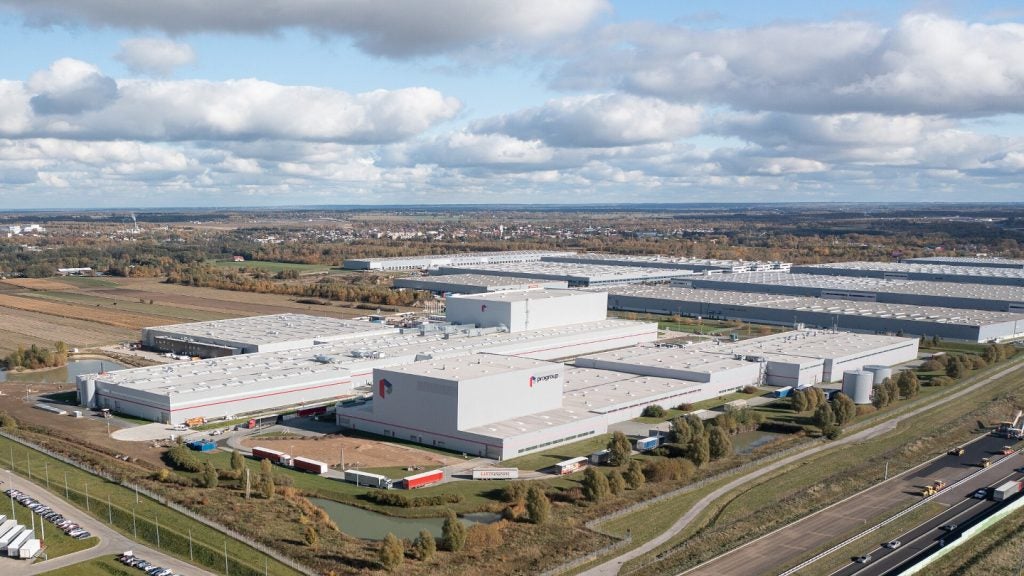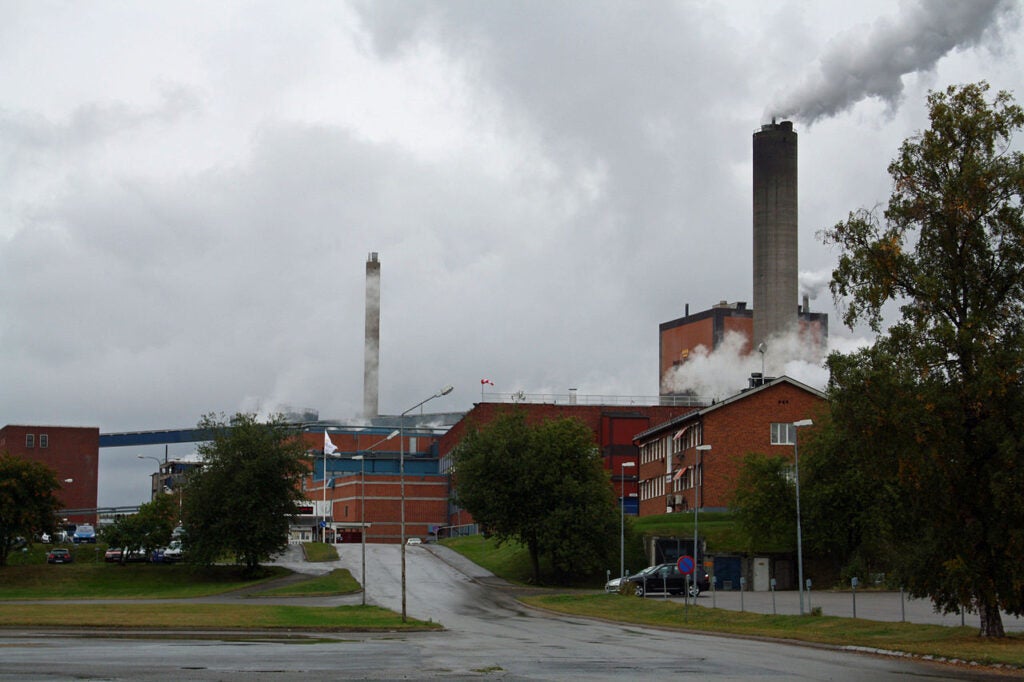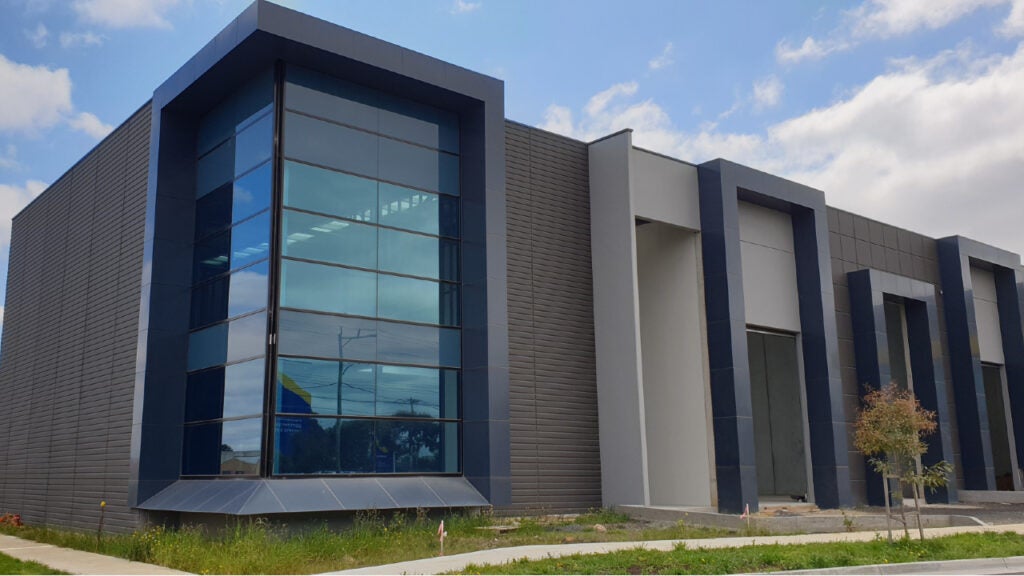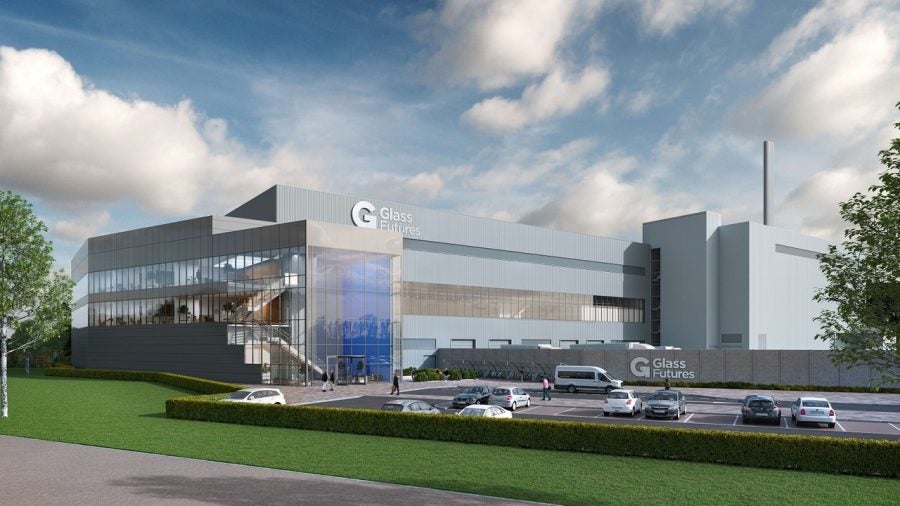Stora Enso is a renewable materials and packaging company with its headquarters in Finland and Sweden. The company’s Ostroleka mill in Poland was built in 1959. The mill includes a pulp and paper mill, paper sack plant and a corrugated board and boxes plant. The mill can produce 270,000t of containerboard and kraft paper annually.
In January 2011, Stora Enso announced a € 420m (approximately $560m) expansion plan for the mill. The expansion enabled the company to produce lightweight containerboard or testliner from recycled fibre. The project was completed in May 2013.
Expansion to raise production capacity at the Polish mill
The expansion plan included the construction of a new containerboard machine to replace the existing PM2 machine at the mill. The new PM5 machine will have an annual capacity of 455,000t against the existing PM2 machine capacity of 85,000t.
The PM5 has a wire width of 8,600mm and a speed of 1,800m/min. Weight of the lightweight containerboard manufactured by the machine ranges from 65-140g/m².
The expansion project included the construction of a fibre recovery plant, a storage facility for finished products, an effluent treatment plant and a water intake plant to supply high quality pure water.
Ostroleka facility details
The pulp and paper mill supplied kraft and sack paper and corrugated case materials to internal mills. The corrugated board and boxes plant produced single and double wall corrugated board of all sizes. The design and dimensions were tailored according to customer’s needs.
The paper sack plant is one of the most advanced facility in Central-Eastern Europe. It included three advanced sack production lines which produce open-mouth pasted sacks, open-mouth sewn sacks and valve pasted sacks.
The plant can produce sacks in different sizes and of high strength.
Plant systems and new technology at Stora Enso’s complex
The PM5 machine was supplied by Voith Paper. It also supplied a new DuoDryer CC for the machine for symmetrical drying and production of light and low-tension papers.
Voith’s scope of supply included a VariFlex winder, OnQ ModuleSteam steam box, OnV ConditionMonitoring machine monitoring system and a quality control system including Voith LSC Scanners
Voith’s automation package software, called OnV EnergyProfiler, enables visualisation of the energy consumed by the machine.
In October 2011, Stora Enso installed a new integrated paper system called TIPS Trim supplied by Tieto. TIPS Trim enabled automatic formation of cutting plans for various processes such as winders, sheet cutters and guillotines. It also supports manual checking and altering of cutting plans and the automatic creation of patterns.
Five pulpers were supplied by Vaahto Pulp & Paper Machinery, to recycle the waste produced by the new PM5 machine. The recycled fibre is used in stock preparation and ultimately as raw material for the machine.
Financing the materials and packaging company’s mill expansion and contractors
In December 2011, the European Investment Bank provided a €150m loan for the expansion project. GAW Technologies has been subcontracted by Voith to supply starch preparation system and a workstation for the Speedsizer of the paper machine.
Rautaruukki won an €8m contract to supply steel structures for the expansion project. Metso supplied automation systems for the new machine.
Andritz supplied a 1,665t/d old corrugated containers (OCC) line for PM5. The contract also included the supply of a 120t/d reject treatment system.
Sweco was awarded a €5m contract for processing, layout, piping, electrical, automation, HVAC and fire protection engineering works. Ovivo was contracted to build the water intake plant and the effluent treatment plant.
Aikawa Fiber Technologies provided POM wet end technology for PM5. The contract included supply of two-level stock mixing units, white water deaeration units and suction leg sealing units.
Benefits of the most advanced facility in Central-Eastern Europe
Demand for lightweight corrugated packaging is growing rapidly. The expansion project enables Stora Enso to meet this demand and raise its containerboard self-sufficiency from 35% to 60%.
It also enables the company to provide new packaging services to its customers, increasing its product offering and competitiveness in the market.
The project improved paper collection rates and waste paper utilisation in Poland.

